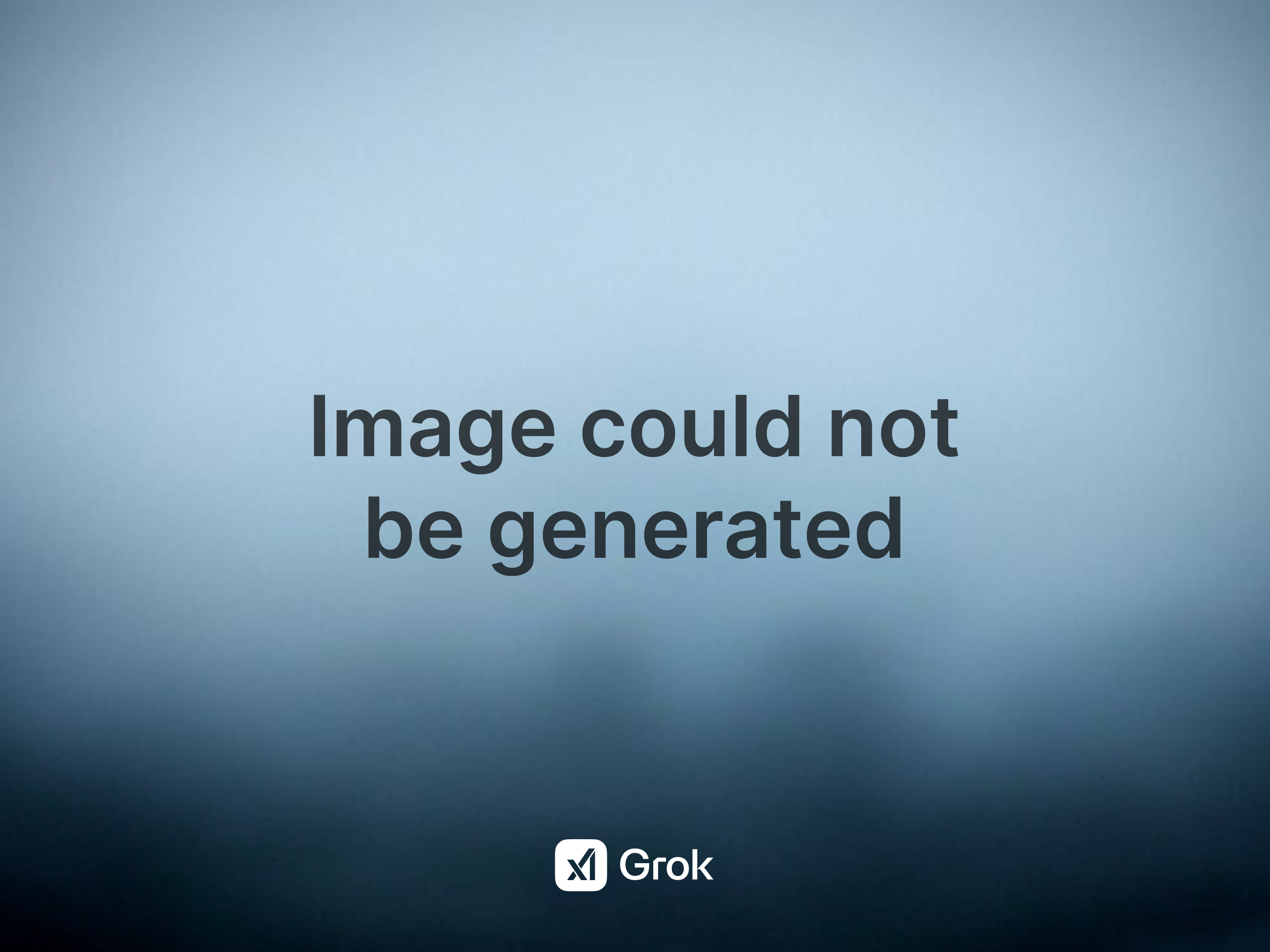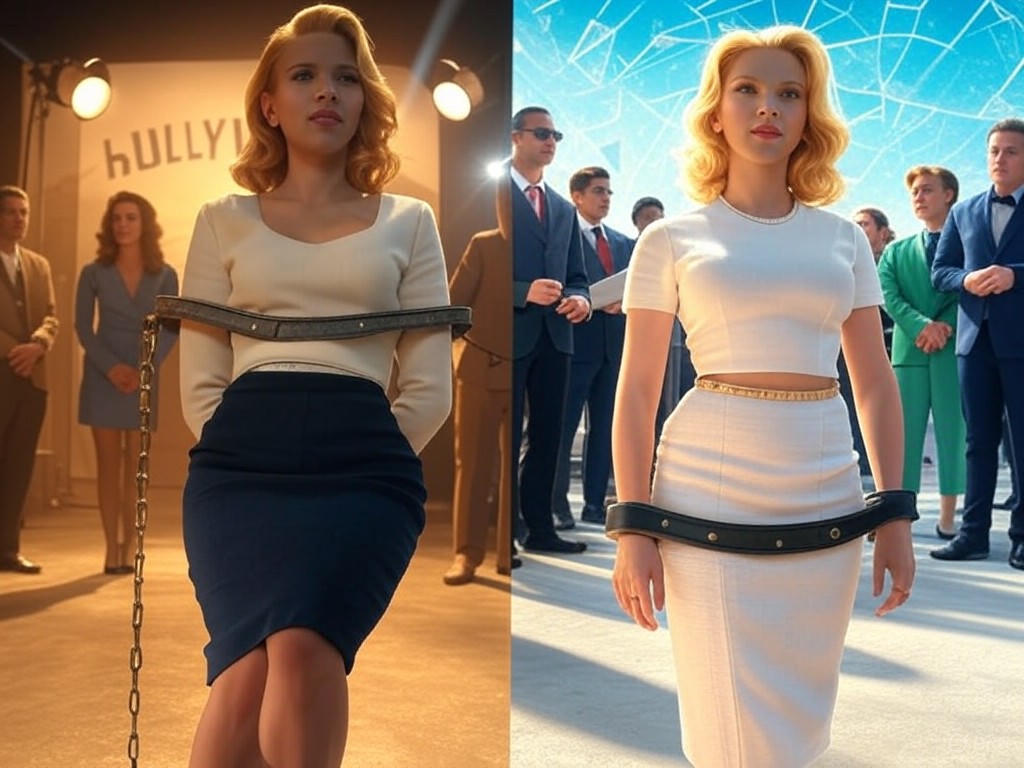Scarlett Johansson on Hollywood’s Evolution: Beyond the Male Gaze
In the bustling world of Hollywood, where dreams are forged and fortunes made, the landscape of storytelling has undergone a profound transformation. Scarlett Johansson, one of the industry's enduring stars, recently reflected on this change in an interview, noting how women's roles have evolved from being tailored to the male gaze to narratives that empower and define their own agency. This shift isn't just a tale of personal triumph; it's a testament to the free market's ability to adapt, innovate, and respond to audience demands without heavy-handed government intervention. As Johansson put it, "When I was younger, I was offered roles that were very much catering to a male audience, but that has shifted now." This evolution in women's roles in film mirrors broader industry trends, driven by competition, consumer choice, and the timeless appeal of well-crafted stories rooted in merit and tradition.
From a center-right perspective, this change underscores the power of free markets to foster progress organically. Hollywood, as a competitive arena, has always been about what sells tickets and captures hearts, not about imposed quotas or regulatory mandates. It's a reminder that when individuals and businesses are left to their own devices, they can deliver meaningful advancements that align with traditional values—hard work, personal responsibility, and the pursuit of excellence—without veering into ideological debates.
The Historical Context of Hollywood's Transformation
Hollywood's golden age, from the 1930s through the 1960s, was defined by iconic films that often placed women in supporting roles, emphasizing glamour and romance over depth and autonomy. Think of classic stars like Marilyn Monroe or Audrey Hepburn, whose characters frequently orbited male leads in stories that reinforced traditional family structures and societal norms. Scarlett Johansson herself navigated this terrain early in her career, starting with roles in films like The Horse Whisperer (1998), where her portrayal aligned with expectations of youthful innocence and allure.
Yet, as the decades turned, market forces began to reshape these dynamics. Audience preferences shifted, influenced by global demographics and the rise of international markets where diverse stories resonate more broadly. Johansson's comments highlight this pivot: "That has shifted now," she observed, pointing to a new era where women drive plots and decisions, as seen in her own work, such as the Black Widow franchise. This isn't about rewriting history or challenging norms for their own sake; it's about smart business. Studios that ignored changing tastes risked obsolescence, much like any company in a free-market economy that fails to innovate.
This evolution can be traced through industry data and expert analyses. For instance, a report from Variety shows that female-led films have seen a 25% increase in global box office returns over the past decade, driven by hits like Wonder Woman and Captain Marvel. Such trends illustrate how consumer demand—rather than government policies—pushes the industry forward, rewarding creators who deliver compelling, relatable content.

Scarlett Johansson in a scene from her early work, capturing the era's emphasis on traditional female archetypes in Hollywood storytelling.
Analyzing the Drivers of Change: Competition and Consumer Choice
At its core, the shift in women's roles reflects the efficiencies of a market-based system. Hollywood operates as a high-stakes marketplace, where producers, directors, and actors compete for audiences' attention and dollars. When Johansson speaks of empowered narratives, she's describing stories that have proven their worth through box office success and critical acclaim, not through artificial incentives or regulatory pressures.
Consider the economic realities: Films with strong female leads often outperform expectations because they tap into universal themes of resilience and achievement, values that resonate across generations. A study by The Hollywood Reporter estimates that gender-balanced casts contribute to an additional $2-4 billion annually in global revenue for major studios. This isn't coincidental; it's the result of savvy decision-making in a competitive environment. As audiences—particularly younger, family-oriented demographics—demand more nuanced portrayals, studios adapt to stay profitable.
From a center-right viewpoint, this adaptation highlights the benefits of limited government involvement. Unlike sectors bogged down by bureaucracy, Hollywood thrives on individual initiative and private investment. Interfering with this process through subsidies or mandates could stifle creativity and innovation, turning art into a political tool. Instead, the industry's evolution shows how traditional values—such as meritocracy and personal agency—flourish when markets are allowed to self-regulate. Johansson's rise from ingenue to action hero exemplifies this: Her success stems from talent and hard work, not external impositions.
Yet, balance is key. Not every shift in Hollywood is seamless. Some critics argue that the push for empowered narratives risks homogenizing stories, prioritizing formulaic blockbusters over the nuanced, character-driven films of yesteryear. The Wall Street Journal notes that while female-led films are on the rise, they often adhere to established genres like superhero epics, potentially limiting the diversity of voices. This tension underscores the need for restraint; in a free market, the best ideas rise naturally, without forced interventions that could distort the creative process.
Evidence from the Industry: Real-World Implications
To appreciate the full scope of this evolution, let's examine specific evidence. Johansson's career arc serves as a microcosm of broader trends. Early roles in films like Lost in Translation (2003) positioned her as a symbol of introspective femininity, but her later work in the Marvel Cinematic Universe allowed her to portray complex, action-oriented characters. This progression mirrors industry-wide data: According to Box Office Mojo, films with female protagonists have grown from 16% of top-grossing releases in 2010 to nearly 30% in 2023, driven by audience feedback and market performance.
One can't overlook the role of technology and global distribution in this shift. Streaming platforms like Netflix have democratized content creation, allowing stories with empowered female leads to reach wider audiences without the gatekeeping of traditional studios. A piece in IndieWire highlights how this has led to successes like The Queen's Gambit, where the protagonist's journey embodies self-reliance and intellectual prowess—qualities that align with traditional American values of individual achievement.

A dynamic scene from a contemporary film, illustrating the industry's move toward narratives where women take center stage and drive the action.
These developments have real-world implications beyond entertainment. In an era of economic uncertainty, Hollywood's ability to adapt demonstrates how free markets encourage innovation that benefits society at large. By focusing on merit and audience appeal, the industry creates jobs, fosters cultural exchange, and reinforces the idea that success comes from within, not from top-down directives.
Looking Ahead: The Path Forward for Hollywood
As we reflect on Scarlett Johansson's insights, it's clear that the evolution of women's roles in Hollywood isn't just a win for representation—it's a victory for the free market's inherent strengths. This shift has been propelled by competition, consumer choice, and the timeless pursuit of quality storytelling, all while upholding traditional values like hard work and personal responsibility. Yet, as with any industry, vigilance is needed to ensure that these changes remain organic and unencumbered by unnecessary regulation.
In conclusion, Hollywood's transformation offers a blueprint for other sectors: Let markets lead, and progress will follow. Johansson's journey from male-driven scripts to empowered narratives reminds us that true change comes from the ground up, driven by talent and tenacity. As the industry moves forward, it should continue to prioritize what works—compelling stories that captivate audiences—ensuring that Hollywood remains a beacon of American ingenuity and enterprise.

The Hollywood sign at dusk, representing the enduring adaptability and resilience of an industry shaped by market forces.

